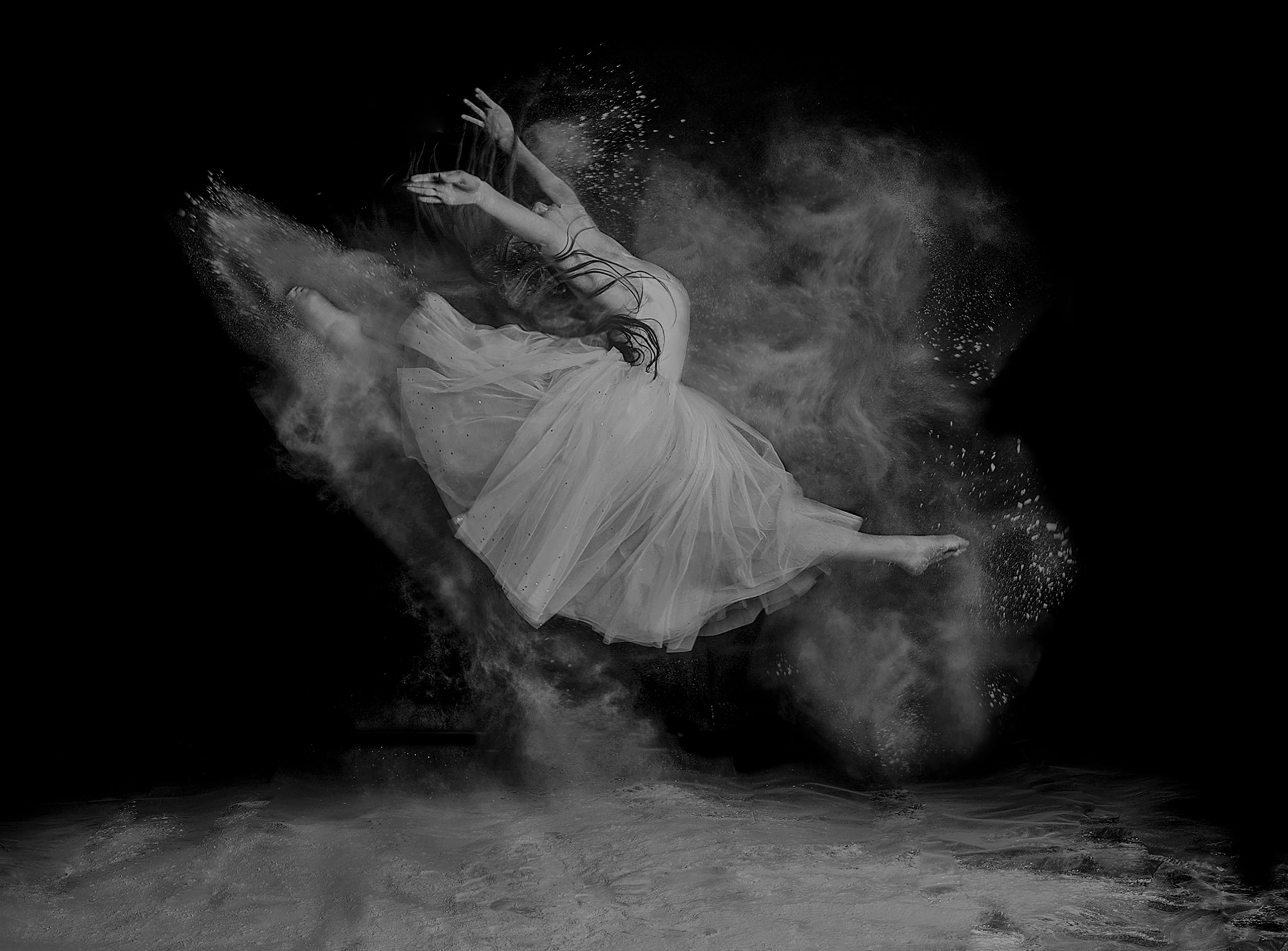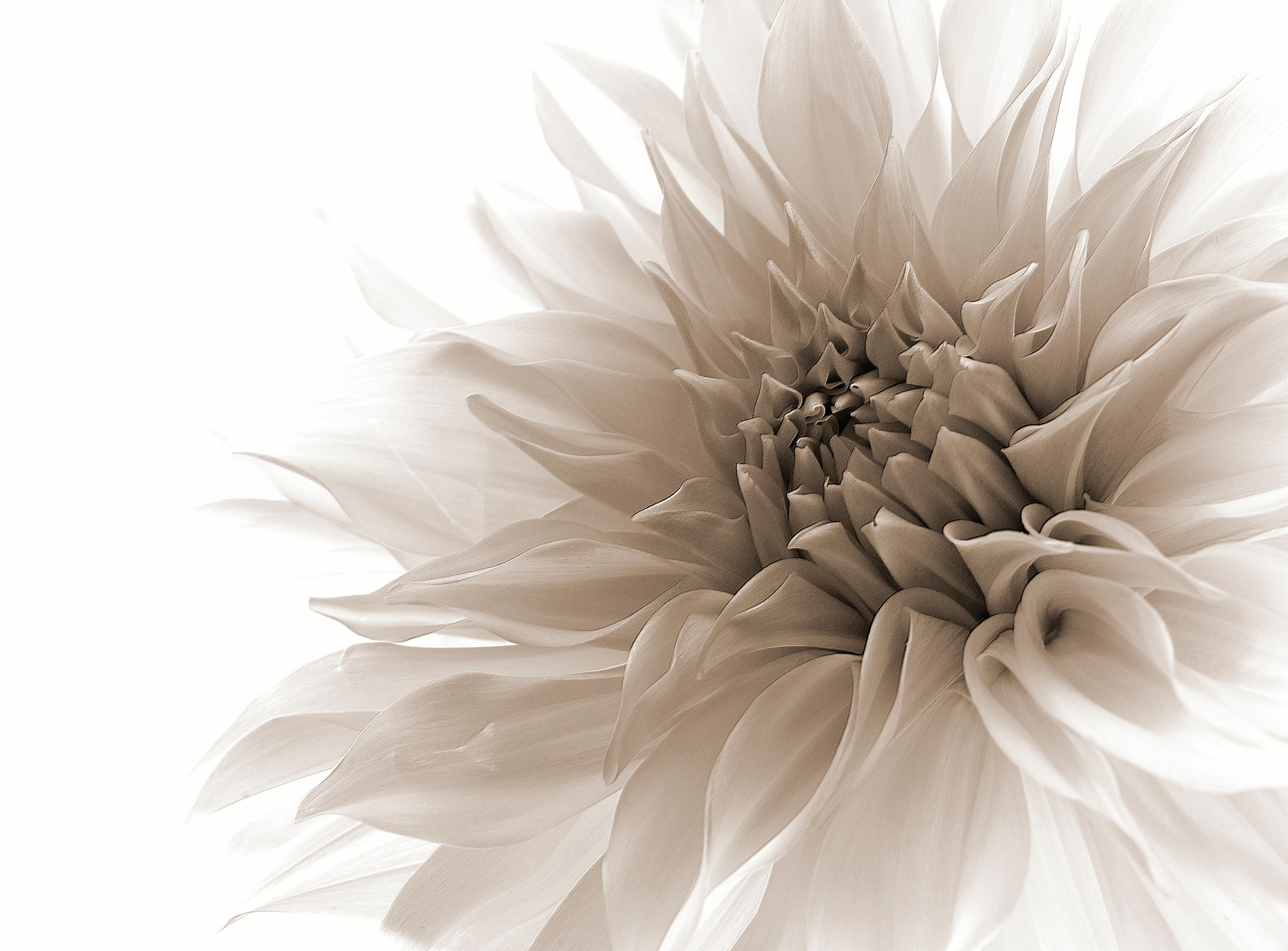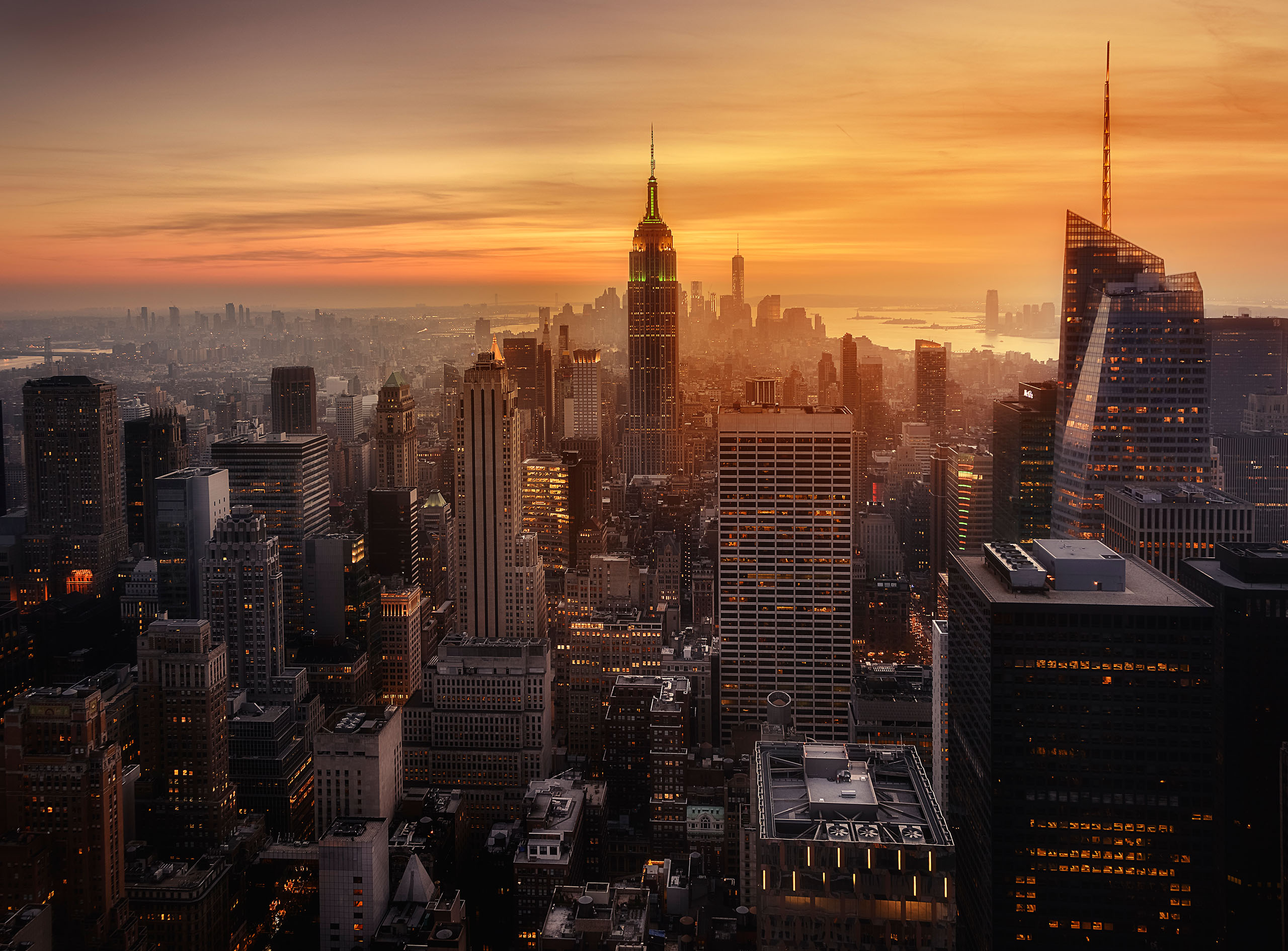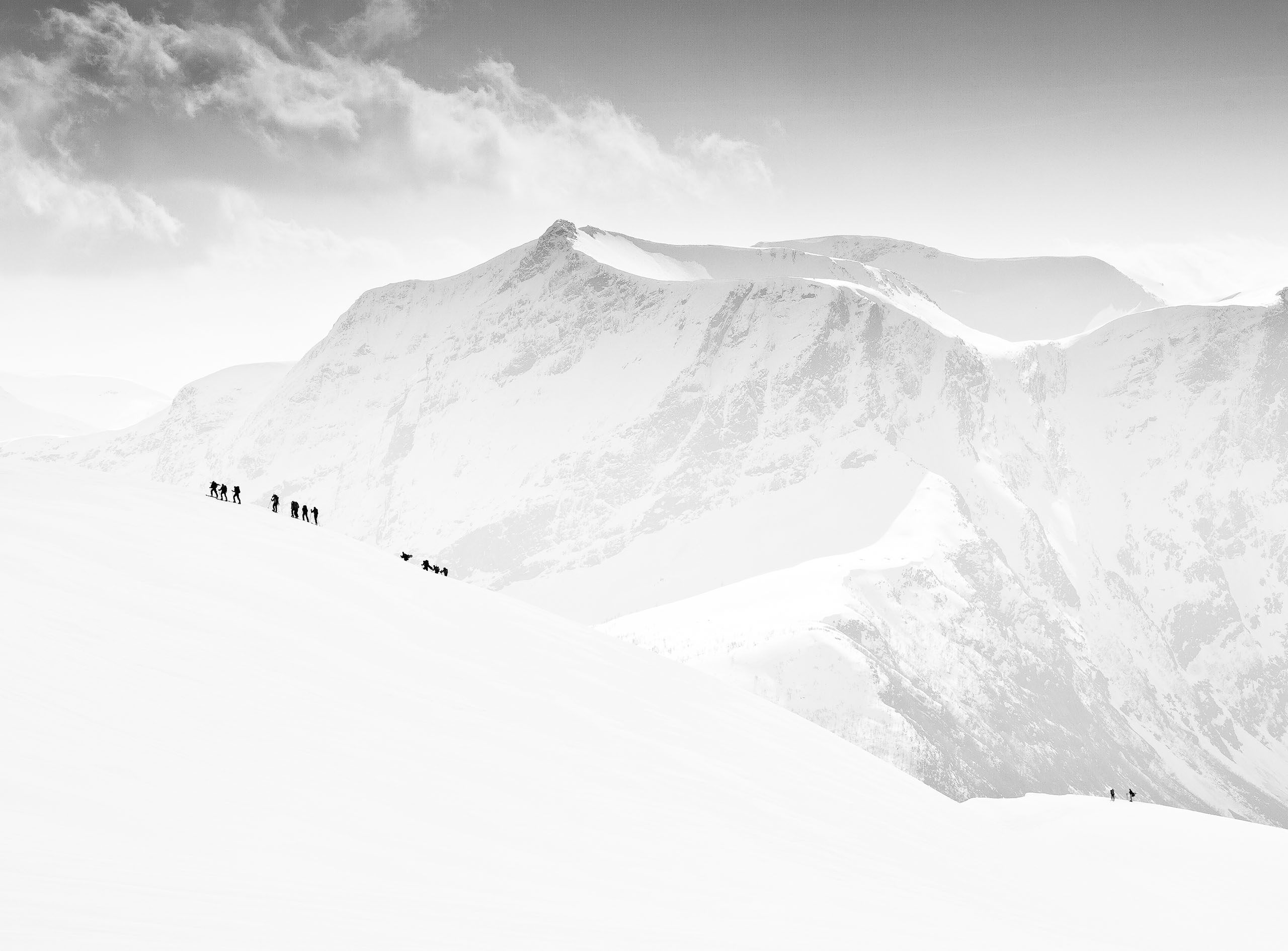SEARCH






|
|
|
|


by Yvette Depaepe
Published the 21st of July 2025
Frances Bruchez is an excellent documentary photographer, but she doesn't just record images. She quotes : “Through my photography, I aim to capture everyday moments that reveal our shared humanity, particularly our resilience, humour and dignity. No matter where I am photographing – whether it's Chad, India or Japan – my goal is to form a connection between the viewer and the subjects of my photos, bridging cultural distance through beauty and emotion.” Discover her sublime and sensitive travel photography and the artist behind it through this interview.
'blue doors of Jaipur'
Dear Frances, first, I would like to thank you for taking the time to answer this questionnaire. To begin with, could you please introduce yourself briefly and tell us more about yourself, your hobbies and any other projects you are involved in?
I was born in Detroit, Michigan, and moved to Switzerland when I was eight. I grew up in Geneva, and have lived in Verbier, a ski resort in the Alps, for most of my life. After spending four decades running restaurants on the slopes and raising a family, I am fortunate to now be able to focus on my passion: travel photography. Through this pursuit, I have had the opportunity to meet extraordinary people and visit remarkable places around the world, including Chad, Ethiopia, Bhutan, India, Japan and South Sudan.
When and how did you begin your journey in photography?
Although I received my first camera, a Kodak Brownie, when I was seven, it wasn’t until decades later that I picked up a camera again. Twenty years ago, when my youngest child left for university, I signed up for a photography workshop in Maine with the late John Isaac. John was an Indian-born photographer who had worked as a photojournalist at the UN for many years. He was always warm and charismatic, and he inspired a love of photography in his students.
I went on many guided trips with John all over India and Bhutan, which were a truly life-changing experience. From Rajasthan and Dharamsala to the Maha Kumbh Mela and Kolkata, he knew everyone, and thanks to him, I was able to experience the local culture and learn photography in the most adventurous way.
Which experience has had the greatest influence on your journey in photography so far?
One of my earliest and most memorable influences was coming across a photobook in my grandparents' collection when I was young. It was The Family of Man, a catalogue from the 1955 exhibition at the Museum of Modern Art in New York. It contained black-and-white photographs of people from all around the world, organised around themes such as children, family and affection. Even at a young age, I could see the power of photography to express emotional connection. I was fascinated to see people and places I didn't know existed. I still have the photobook to this day, and I often look through its pages for inspiration.
Describe your overall photographic vision.
Through my photography, I aim to capture everyday moments that reveal our shared humanity, particularly our resilience, humour and dignity. No matter where I am photographing – whether it's Chad, India or Japan – my goal is to form a connection between the viewer and the subjects of my photos, bridging cultural distance through beauty and emotion.
What valuable lessons have you learned on your journey as a photographer?
It's always best to travel with a knowledgeable guide who understands the locals, speaks the local dialect and has strong connections within the community. Building trusting relationships with people is the basis for meaningful photography. It’s also important to stay open-minded because, more often than not, things don't go according to plan. Patience and a sense of humour can be invaluable. And, of course, enjoy the process!
Many people believe that gear is not very important when you are passionate about photography. However, could you please tell us what equipment you use, such as your camera, lenses, lighting and tripod?
As a documentary photographer, my workflow is straightforward. I shoot with a Canon EOS R5 and two lenses: 24–70 mm and 70–200 mm. I shoot handheld in natural light, as this is the best way to capture my subjects in their most authentic moments. For editing, I use Lightroom Classic. It provides all the tools I need without complicating the process unnecessarily.
Which photographers or mentors have influenced you and your photography?
Carol Beckwith and Angela Fisher have had an immense influence on me. Their adventurous spirit paved the way for a whole generation of cultural photographers, and they created some of the most vibrant and respectful cultural photography. Following in their footsteps, I have been drawn to documenting nomadic communities in Chad, South Sudan, Ethiopia, and other regions of Africa. I feel an urgent need to document traditional ways of life. Climate change, political instability and modernisation are accelerating the rate at which these ways of life are disappearing.
Now that we're almost at the end of this interview, could you please tell us about any photographic projects you'd like to be involved in?
I have just returned from my ninth trip to Japan, one of my favourite countries, where I am working on a long-term project. I have two upcoming trips this year that I’m very excited about. In July, I will be travelling to Mongolia to photograph the Naadam Festival, a centuries-old event featuring wrestling, horse racing and archery. I will also be documenting eagle hunters and camel herders. Later this year, I will be returning to Chad to photograph the Gerewol festival, which transforms traditional beauty pageant expectations by featuring an ancient celebration in which men become the contestants.
Is there anything else you would like to add, and what are your thoughts on using 1X as a home base for your work?
As a self-taught photographer, I have found it very inspiring to be part of the 1X community. I’m grateful for the opportunity to showcase my work and receive constructive feedback. 1X showcases the work of many talented photographers from around the world, and it’s motivating to see such creativity and diversity.
I also enjoy taking part in the monthly contests whenever I can. It's great to see how people interpret a given topic in so many different ways!
Thank you for this most interesting interview, Francis !!!
'Suri tribe'
'early morning with the Suri tribei'
'young Pokot'
'Wodaabe tribe man'
'Young Wodaabe boy Chad'
'Nomads, Chad'
'Rabari'
'Rabari Shepherd'
'Hamar warrior'
'Hamar first wife'
'Samburu Warrior'
'Gido of the Arbore tribe Omo Valley, Ethiopia'
'Turkana girl'
'The Kara tribe are an ethnic group in Ethiopia famous for their body painting'
'Mundari cattle camp'
'novice monk in a hurry'
 | Write |
 | Carolina Garcia-Paris PRO Mesmerizing photography work. Thank you Francis and Ivette for this wonderful article, I've learned a lot from it. 💕 |
 | ZY Zhang PRO Fabulous collection of portraits! |
 | Jane Lyons CREW What a fabulous collection of photographs. Thank you Francis and Yvette. |
 | kargarmahmood Full of color, full of emotion, |
 | Eiji Yamamoto PRO Thank you so much for a wonderful and inspiring interview with great photos! |
 | Caroline Bomers PRO Interesting article and interview with wonderful images. |
 | Frances Bruchez PRO Thank you so very much Yvette I am truly honored, happy and surprised you chose my work to be featured in the magazine. |
 | Rainer Neumann PRO excellent portfolio! very interesting interview! |
 | DonnaHom APA PRO Wet rich cultural elements in this collection. |
 | Harsa Mitra insane work! |
 | Miro Susta CREW Very interesting and inspiring interview, complemented by beautiful photos, thank you Frances and Yvette |
 | Leah Xu PRO Excellent photos and writing! |
 | Rana Jabeen PRO Absolutely wonderful images, moments and stories...Congratulations Frances Bruchez...Superb interview presented dear Yvette |
 | Subhajit Das PRO Great work. Wonderful article. Congratulations! |
 | José Antonio Gómez Mateo PRO Magnificas fotos y entrevista!! Gracias!! |
 | Christian Kieffer PRO Excelent work, congratulations |
 | Gila Koller PRO Wonderful article and excellent photos Frances.
My best compliments!! |
 | Tessa Schack PRO Stunning photography and beautifully narrated. |
 | Wanghan Li PRO Beautiful and fantastic works and excellent writing! Congratulations! |
 | Nazmul Bashar PRO Great! |